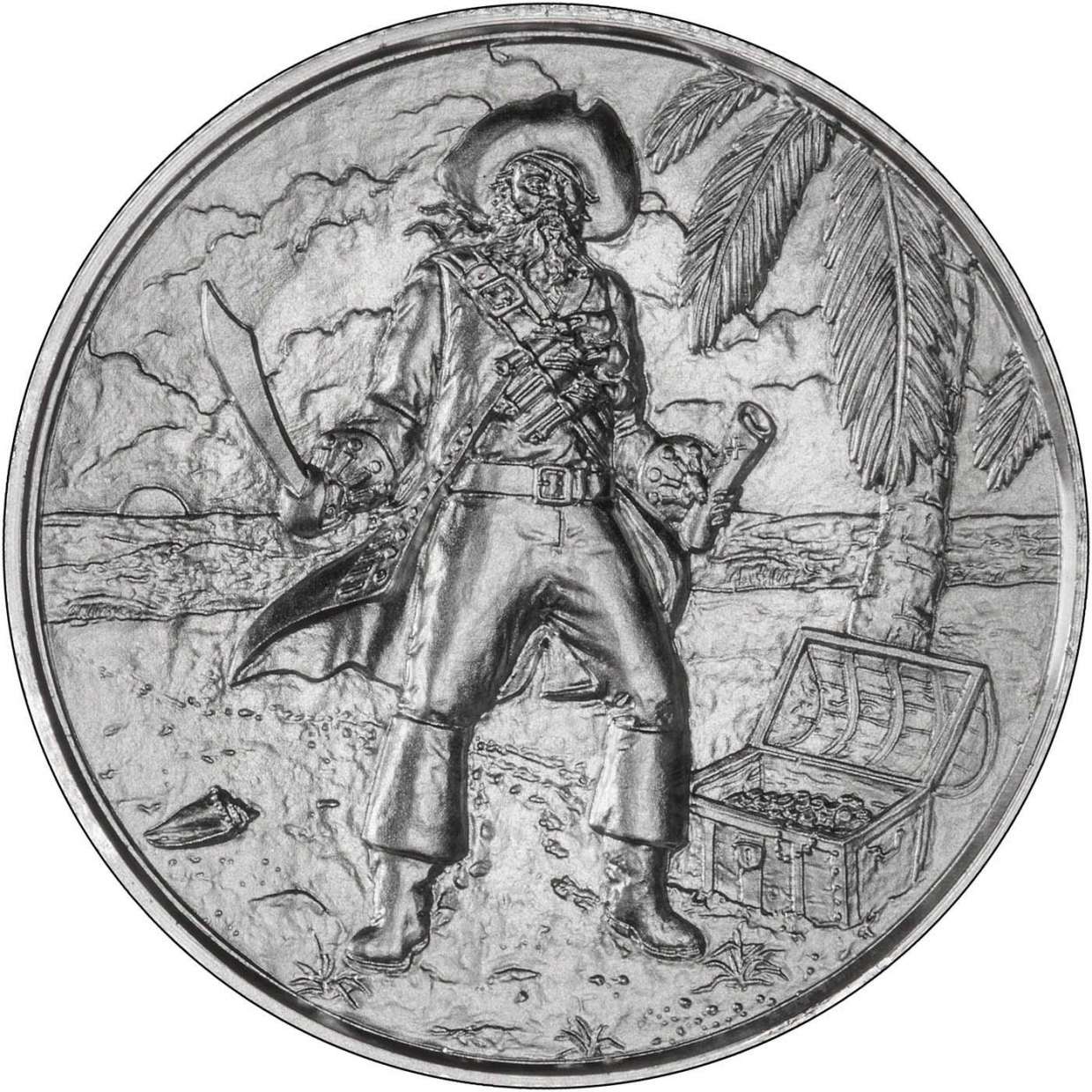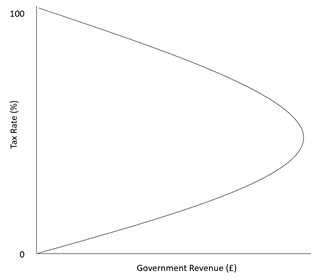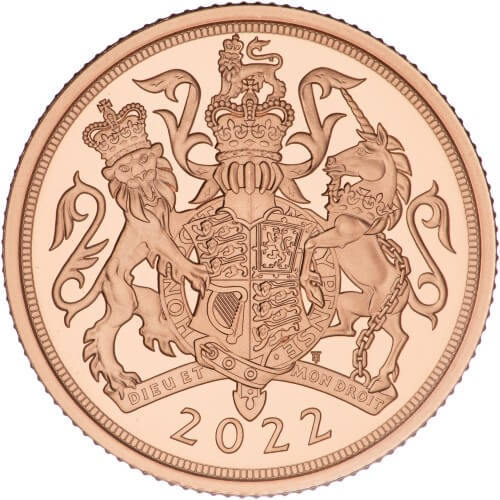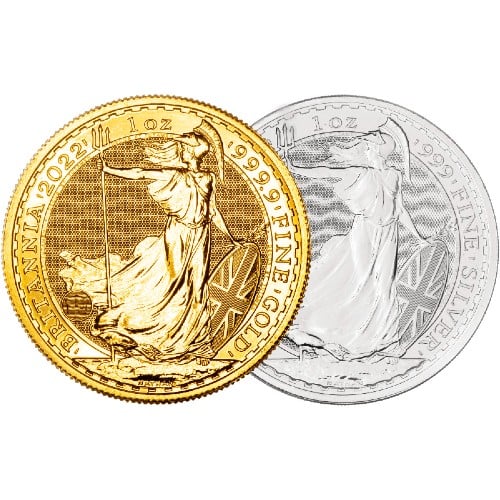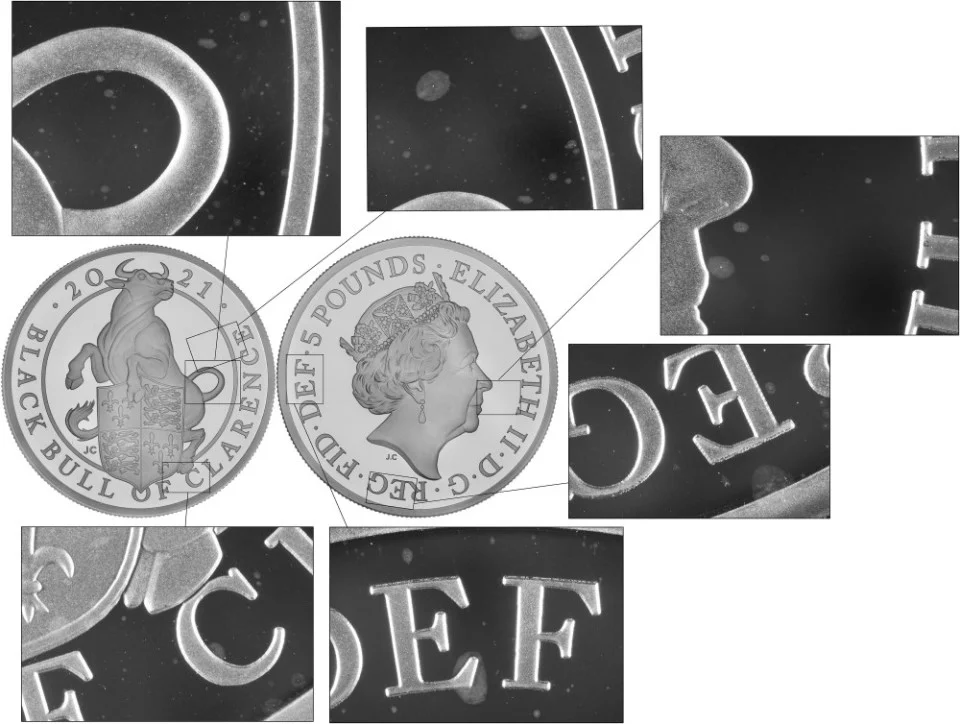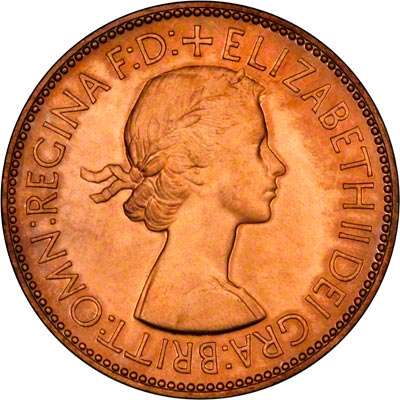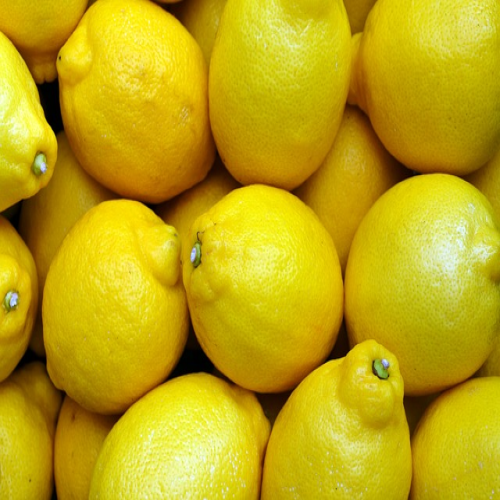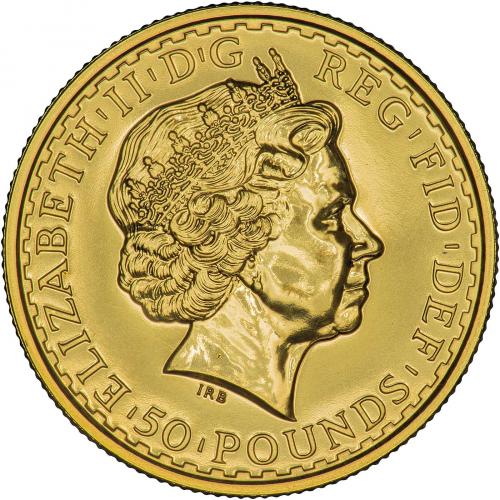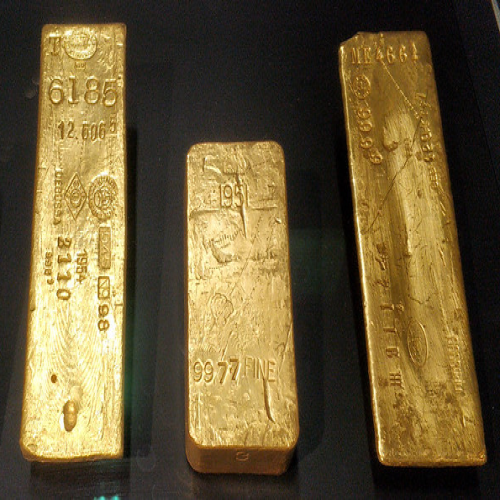Low Carat Gold Coins
Synopsis
Traditionally, most gold coins were produced in high purity alloys, often around 96%.
Historically, gold coins were made with a high concentration of gold in their alloy, often around 96% purity. This practice can be traced back to the earliest gold coins produced, and continued up until modern times, with only a few exceptions. Some governments would debase their coinage in an attempt to manipulate its value, but this was usually noticed and the standard was eventually restored. The only exception to this is electrum, a natural gold and silver alloy, which was used to make coins.
Durability in Circulation
Gold alloys with very high carat purity are often too soft to withstand wear and can easily be bent. In the past, gold coins were mostly used as a unit of account or store of value rather than as a common form of currency. Coins in common circulation were made of silver or base metals like copper. As economies grew wealthier, gold coins started to be used more frequently in daily transactions.
Sometime in the last 500 years, a number of countries reduced the fineness of the gold alloys in their coinage to improve their durability in circulation. By the time between the First and Second World Wars, when gold was no longer commonly used as change, most countries had adopted gold coinage alloys with around 90% purity.
It's important to note that lower gold content in the alloy does not necessarily mean that it is harder. Metallurgy is not that straightforward. Some proportions result in more durable alloys. Also, alloys with low carat, below about 18 carat (75%), are susceptible to tarnishing and chemical damage.
Circulation Coinage Alloys
In the past 500 years, two main standards have become established for circulation coins: 90% fine (21.60 carats) and 91.66% fine (22 carat). These standards offer a balance between durability and resistance to tarnishing. Most countries have adopted one of these two standards, although there have been a few exceptions.
Investment Gold Standard
In the UK, for gold coins to be considered as VAT-free investment gold, the minimum accepted purity standard is 90%, which is equivalent to 900 parts per thousand or 21.60 carats. However, in the UK and many other countries, VAT is payable on low carat gold coins. Therefore, it's more cost-effective for collectors and investors to purchase tax-free coins instead of coins with lower intrinsic value and higher tax.
Fine Gold Coins
Recently, "fine" gold bullion and collector coins have been introduced, with a purity ranging from 99.9% to 99.999%. Although these highly pure gold coins may be too soft for circulation, they are suitable for non-circulation purposes.
There is no real advantage to using high carat gold alloys for coins, as it is mostly driven by marketing efforts. For example, the Royal Canadian Mint found success in attracting extra sales by producing the "pure" or "fine" gold bullion coin, the Gold Maple Leaf, especially in some Asian markets where high carat gold alloys are preferred. Nevertheless, there is often a lack of understanding among consumers, who may mistakenly believe that a Maple Leaf has more gold content than a Krugerrand.
Investment and Collectability
While we don't see anything inherently wrong with high carat gold coins, they tend to get scratched and scuffed from bulk handling. Canadian Maples may also have a lack of finish and production quality. Therefore, for long-term investment, it's important to take care in handling and storage. Some mints like the Perth Mint supply their gold bullion coins in capsules, which protects against scuffing and fingerprints but takes up more storage space and increases shipping and handling costs.
For collectability, high carat gold coins stored in capsules should retain their aesthetic appeal. However, coins with poor handling and storage may not be as valuable in the long run.
Low Carat Alloys - Real Gold or Not?
In recent decades, low carat gold coins, including 18 carat (75%), 14 carat (58.33), 12 carat (50%), and even 9 carat (37.5%), have been produced for collectors and commemorative purposes. However, we believe that these coins are more likely produced due to a desire for low-cost products and increased sales and profits, rather than attempt to produce genuine, high-value collectable coins.
Market Makers
Despite our preference for standard alloys rather than low carat alloys, we see our function in the bullion and numismatic markets, as market makers rather than judges.
We aim to provide informative and transparent information on the coins we buy, stock, and sell. While we prefer standard alloys over low carat alloys, we don't judge the coins we handle. We try to be fair in our descriptions and opinions, even if they are negative.
Countries Issuing Low Carat Gold Coins
Low carat gold coins are often issued by smaller and poorer countries, but some larger and wealthier countries also participate in the practice. The alloys used for each coin can vary greatly, even within the same country. On our site, we show the alloys used in the specification tables and the Actual Pure Gold Content (AGW) clearly. For a small number of older coins with high numismatic value, we may omit this information, but it can be found on over 99.9% of the coins on our site.
We believe in being informative and transparent to earn our customers' trust and confidence in our honesty and integrity. We are critical of other mints, marketers, and dealers who adopt less transparent policies.
High, Medium and Low - Gold Coin Alloys
To clarify and define the terms we have used about relative gold coin alloys, we add the following:
On this page, and elsewhere, when we refer to 'low' carat gold coin alloys, we mean below 90%.
We consider 90% to 91.66& to be 'standard' gold coin alloys.
Alloys over 99%, we refer to us 'high' carat alloys.
This leaves a small gap, filled by "traditional" alloys, between the 92% and 99% purity levels.
Jewellery Alloys
The above comments refer specifically to gold alloys used for coins. For jewellery purposes, we consider 18 carat gold (75%) to be a "high" carat alloy. This type of alloy offers several benefits such as resistance to corrosion and discoloration, as well as hardness and durability.
Some older jewellery pieces may be made of 15 carat gold, which could be considered "high", but modern jewellery made of 14 carat or lower is considered to be of lower quality and made for a lower price rather than for better quality.
The Advantages of Low Carat Gold Coins
The only advantage of low carat gold coins compared to high purity ones is that you may get more coin appearance for your money, provided you pay the right price. New low carat gold coins are rarely a good investment, but they can be obtained at more favourable prices on the secondary market.
Related Blog Articles
This guide and its content is copyright of Chard (1964) Ltd - © Chard (1964) Ltd 2024. All rights reserved. Any redistribution or reproduction of part or all of the contents in any form is prohibited.
We are not financial advisers and we would always recommend that you consult with one prior to making any investment decision.
You can read more about copyright or our advice disclaimer on these links.

